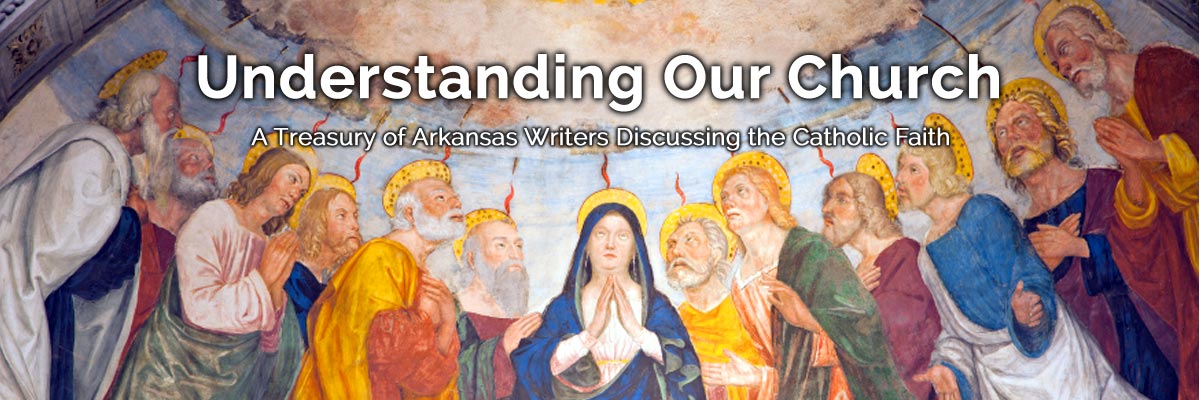Official Website of the
Catholic Diocese of Little Rock
Faithful should focus on second coming rather than ‘rapture’
Published: January 12, 2017
By Father Jerome Kodell, OSB
Subiaco Abbey
In 1995, Tim LaHaye and Jerry B. Jenkins wrote “Left Behind: A Novel of the Earth’s Last Days,” launching what would become a series of 16 best-selling novels and four movies.
An advertisement sets the scene for the first book: “An airborne Boeing 747 is headed to London when, without any warning, passengers mysteriously disappear from their seats. Terror and chaos slowly spread not only through the plane but also worldwide as unusual events continue to unfold. For those who have been left behind, the apocalypse has just begun.”
The event being described here is what is known in contemporary evangelicalism as the "rapture," when shortly before the end of the world faithful Christians will be snatched or “raptured” out of the world to reign with Christ, and those remaining, the “unsaved,” will experience a final period of intense suffering before the end.
The doctrine of the rapture doesn’t appear in Christian teaching or interpretation of the Bible until the late 19th century. So it does not have roots in the ancient tradition on which the Church bases her teaching.
The popularity of the books, which have sold more than 40 million copies, meant that the idea of the rapture flooded the culture, and many American Catholics were exposed to the doctrine for the first time and were unnerved or troubled by it. Why hadn’t the Church informed them about this doctrine?
The reason for the Catholic Church’s silence is that the doctrine of the rapture doesn’t appear in Christian teaching or interpretation of the Bible until the late 19th century. So it does not have roots in the ancient tradition on which the Church bases her teaching.
But where did the doctrine come from?
The main source is Paul’s description of the second coming of Christ in 1 Thessalonians 4:16-17: Faithful Christians will be caught up or snatched up, “raptured,” from the earth to meet Christ in the air.
But this refers to the end of the world, not to a time before the end. The implication is that the end will come twice — the rapture as a warning providing a second chance for many, and then finally the end and judgment.
Bumper stickers have been produced with the words: “Careful: At the Rapture this car may become driverless," or “Where will you be after the Rapture?” Amy Johnson Frykholm has examined the phenomenon of the popularity of this idea in her book, “Rapture Culture: Left Behind in Evangelical America.”
Taking symbolic numbers in the Book of Revelation and other apocalyptic passages literally, 19th century preachers began to teach that holy Christians will be snatched up before the end of the world to begin a 1,000-year reign with Jesus, while earthly life will go on for the sinners who are still here.
But with all the good people gone, life on earth will be a hell during three and a half years of intense suffering. Some will turn to the Lord and be saved; the rest will be swept into eternal fire. At the end of the 1,000-year reign the real end will come with the faithful going to heaven and the unfaithful going to their eternal doom in hell.
The originators of the rapture theory were a small group of 19th century Christian preachers who claimed they were not teaching a doctrine but simply letting the Bible speak for itself. But the Bible speaks of only one second coming of Jesus and does not say that people living at a particular time close to the end will have a second chance at salvation, which is denied to everyone else.




